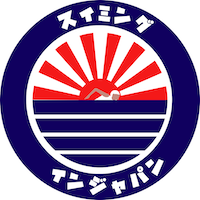Nagatoro (長瀞) in the far north of Saitama prefecture has carved out a name for itself as a place for day trips and boat cruises down the Arakawa River (荒川), which depart a short way from the pleasant station situated on the equally pleasant shopping street.
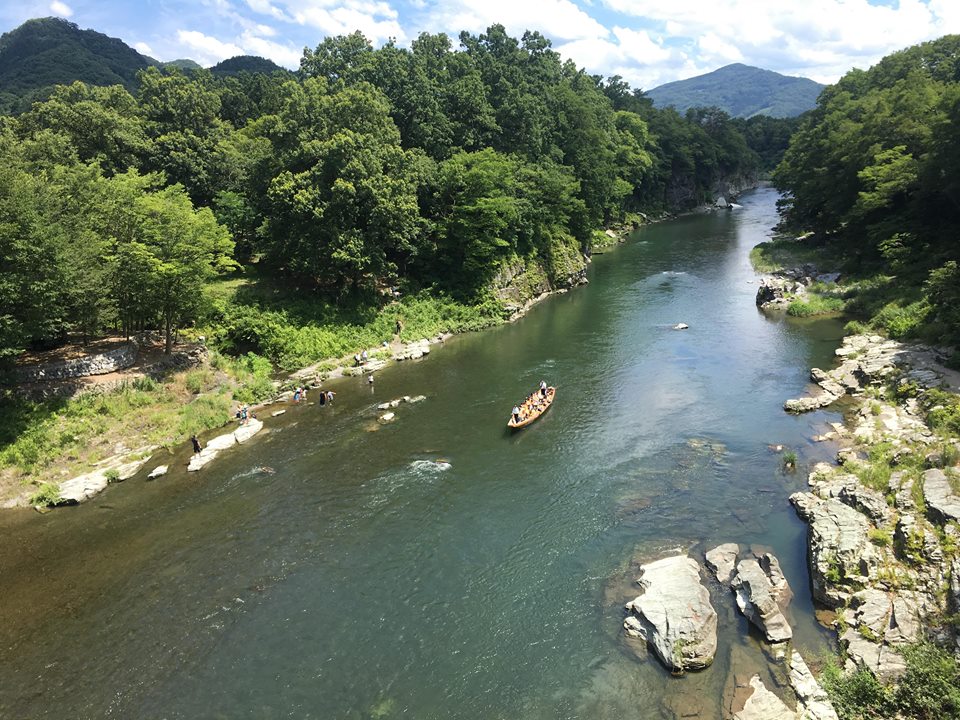
You’re driven back to the starting point in the boat cruise branded vehicles and maybe food is included, we don’t actually know. It’s tempting to be critical of the boats. They are suffocatingly frequent and the river at Nagatoro gets mobbed at the riverbank pebble beach port.
It’s annoying as the beach is great, and across the river there are some decently-sized, quarry style cliffs that we would love to jump off. On the other hand, a place like Nagatoro’s economy depends on the tourist buck. The atmosphere is lovely and the shop, restaurant and boat company workers seem to make it a really pleasant experience to visit.
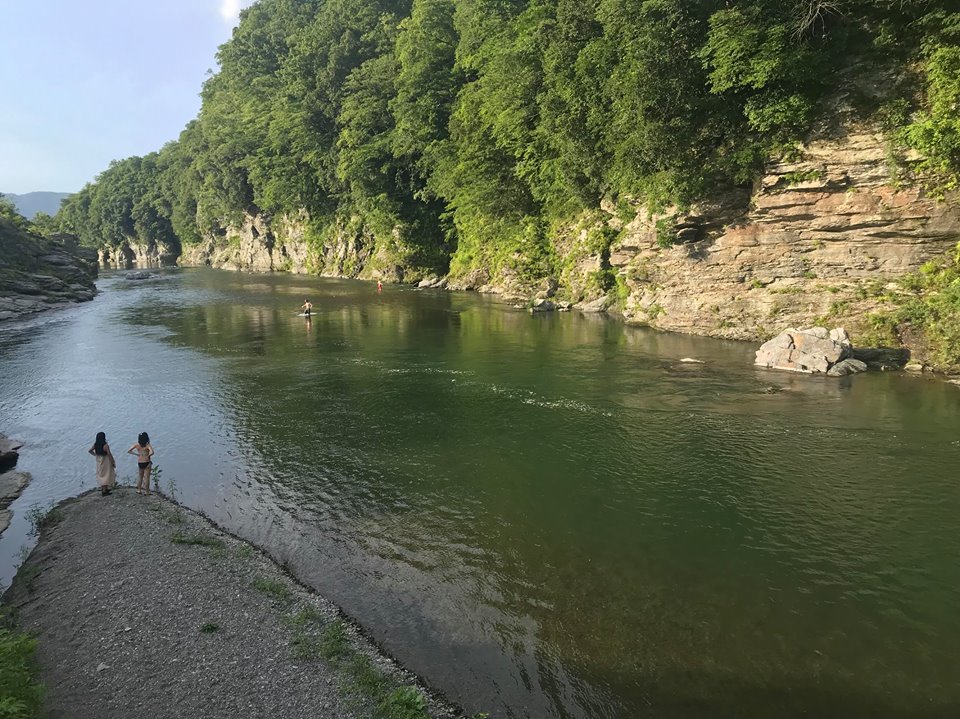
Up here you avoid the long wooden boats and only have to contend with the slightly less frequent white water rafting variety. Head to the other side to enjoy being sprayed by some fine, small cold waterfalls feeding into the river, and a nice range of depths to swim, paddle and wade about in.
Where is Nagatoro?
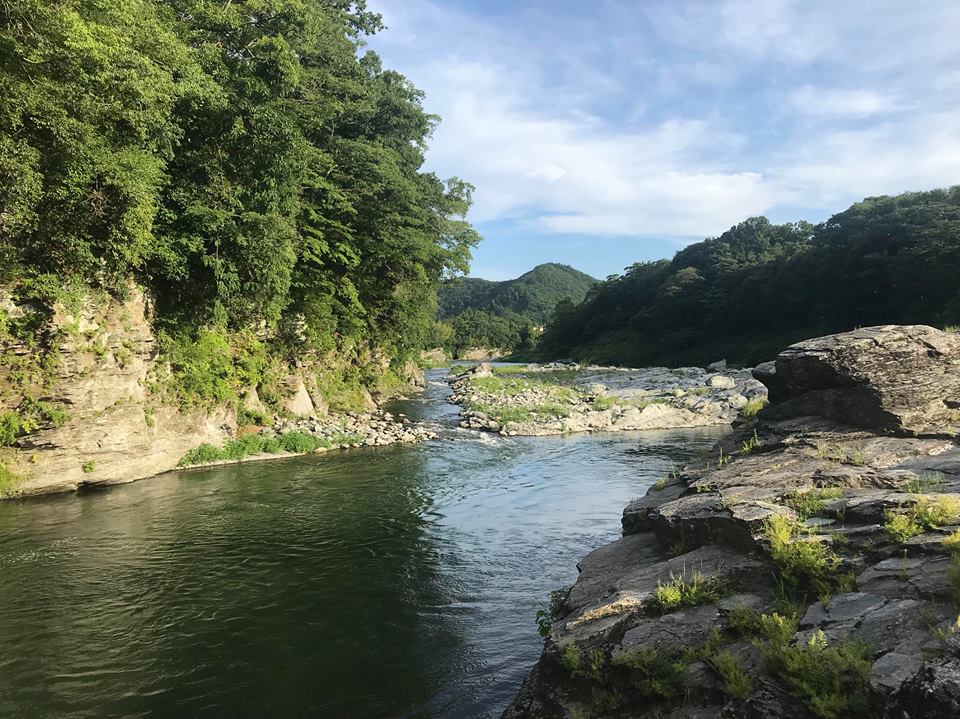
Saitama is a landlocked prefecture so it does at times lack the cooling seabreeze in summer: find shade under the shelters provided around the Iwadatami rocks if it gets too much.
How do I get to Nagatoro?
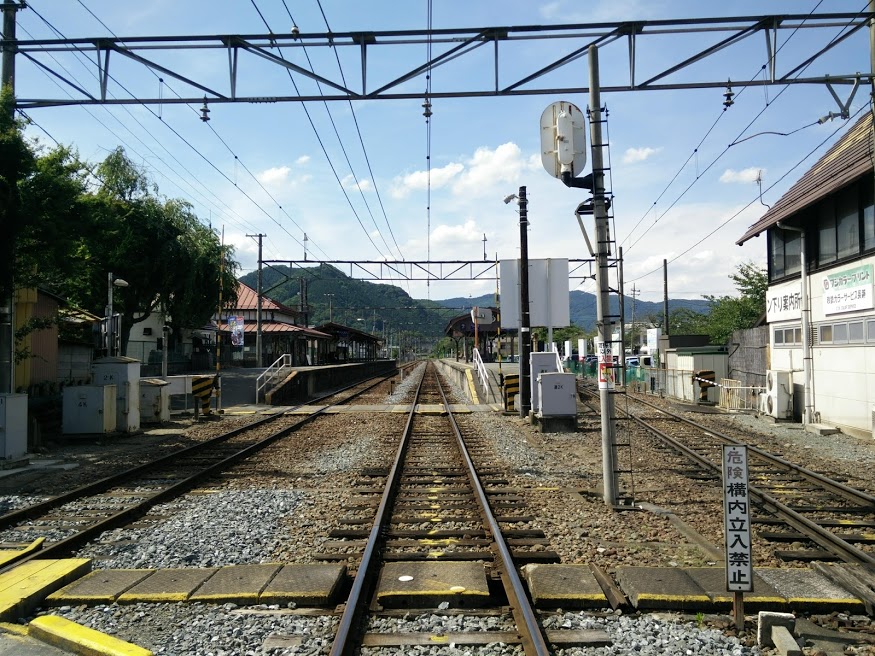
Getting to Nagatoro by train is simple and quick from central Tokyo. Heading from Shinjuku Station, take the JR Shonan Shinjuku Line north and after just over an hour, change at Kumagaya (熊谷市) to the Chichibu Tetsudo Main Line (秩父鉄道) and its 47 minutes straight to Nagatoro Station (長瀞駅).
The total journey cost is 1900 JPY one way. Nagatoro station is right next to a small shopping street you walk down for no more than 5 minutes to the riverbank where the boats depart from. From here just turn right and walk along the tatami rocks with the river on your left, until you find a place you like. You should have your pick, as almost everybody goes no further than the port.
>
Useful bits
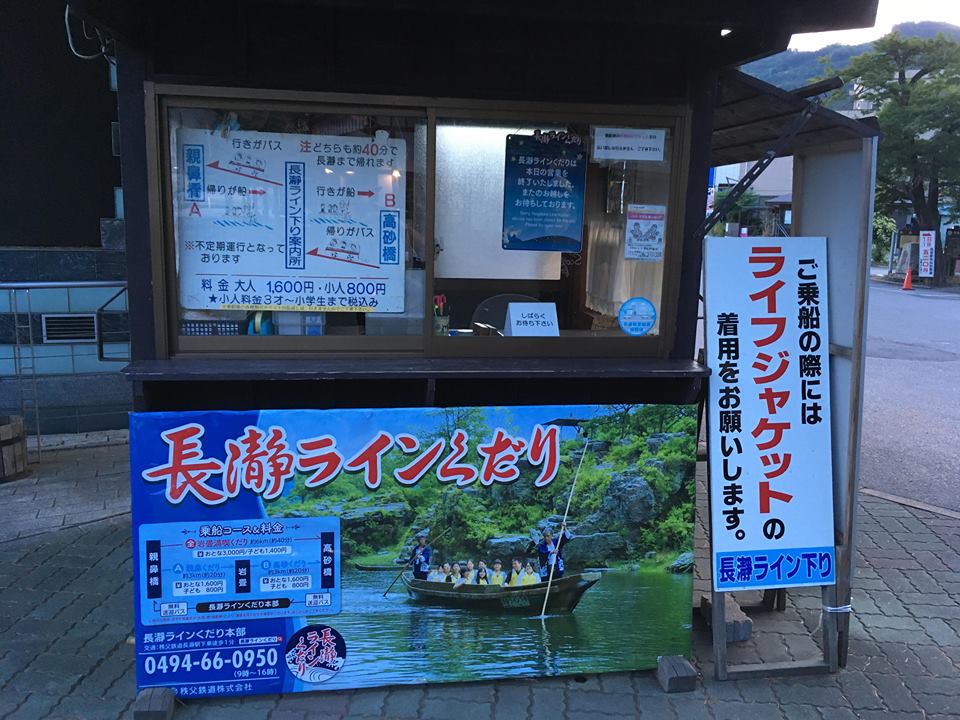
On the shopping street in Nagatoro you’ll find all kinds of typical fried, frozen and preserved snacks, including some delicious barbequed dango rice cakes on sticks. Our favourites are the ones with goma (sesame) topping.
If you don’t want any of that and just want a konbini (convenience store) for some beer, onigiri and such like do not despair, there is an excellent 7/11, hidden away if you follow the shopping street right uphill and turn left.
About a 5 minute walk from the station, the konbini has a seating space, clean toilets, and the comforting melody of Daydream Believer for midi keyboard.
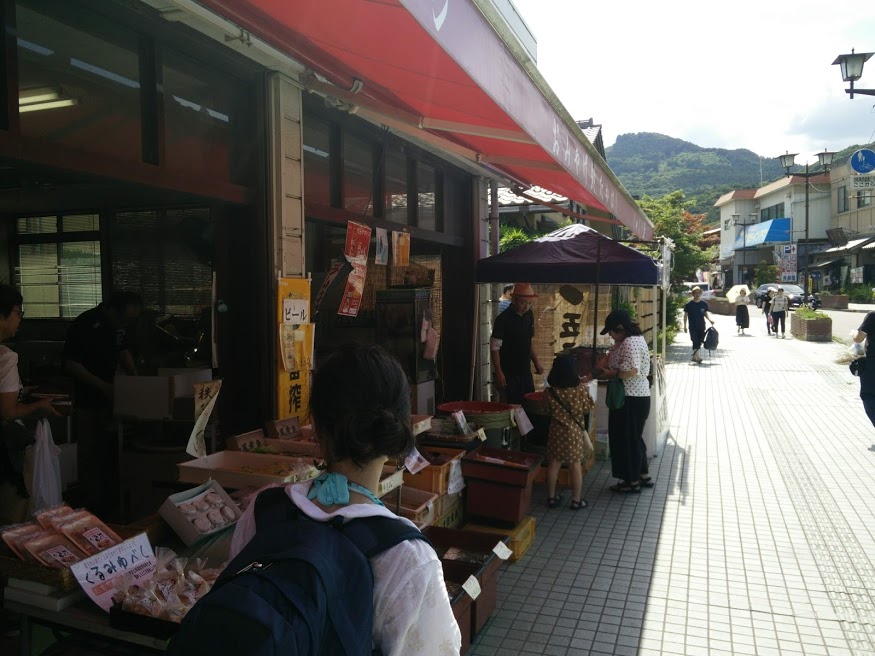
* JR Shonan Shinjuku Line has some sets of 4 seats facing each other like a proper posh long distance train. These are usually located in the carriages to the front and the back of the train. They go like hot cakes so try and line up for those at Shinjuku!
* The Chichibu Main Line is great, with a charm that will transport you back to Japan’s Showa era, but watch out! The Chichibu trains don’t take PASMO/SUICA cards and tickets must be purchased beforehand from the machines in the station, and given to the attendant. It’s pretty easy to do and the staff seem more than happy to help with any issues with the transaction. The trains are also a little infrequent, with a single track only so do plan ahead.
Should you fancy a change of scenery, Nagatoro is a short and pleasant walk to Nogami (野上), which has a great riverside campsite and its own little swimspot. Read about Nogami River here
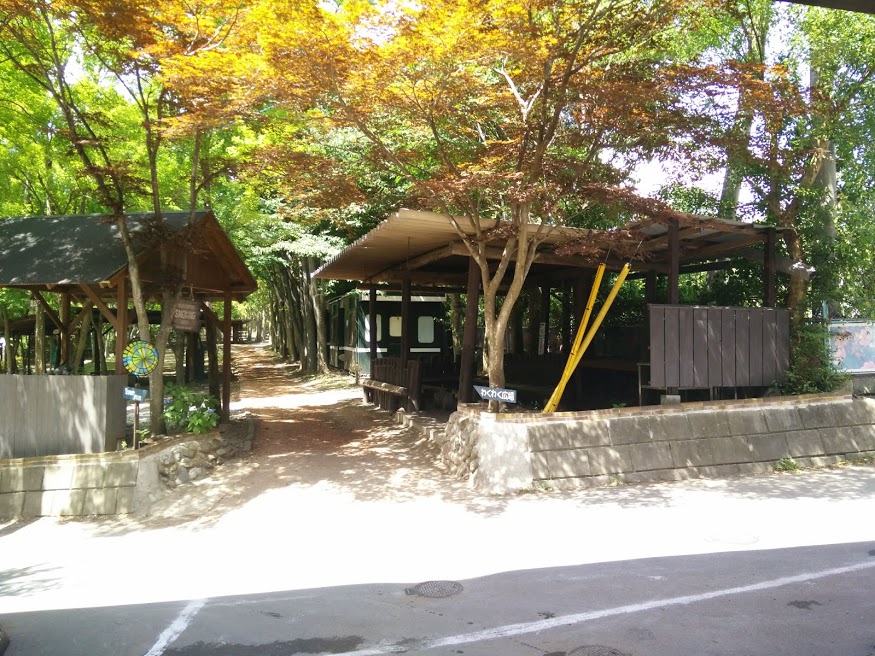
To be honest, in busy times this is not the greatest place to swim: it’s shallowish, and the banks are full of families and kids. What’s more you get the added annoyance of the regular boat trips coming down. They do, though have lots of space to pitch tents (some almost directly on the riverbank), a sizeable BBQ spot, clean, aesthetically pleasing toilets and showers, and a well-stocked reception/shop with beer and ice creams.
